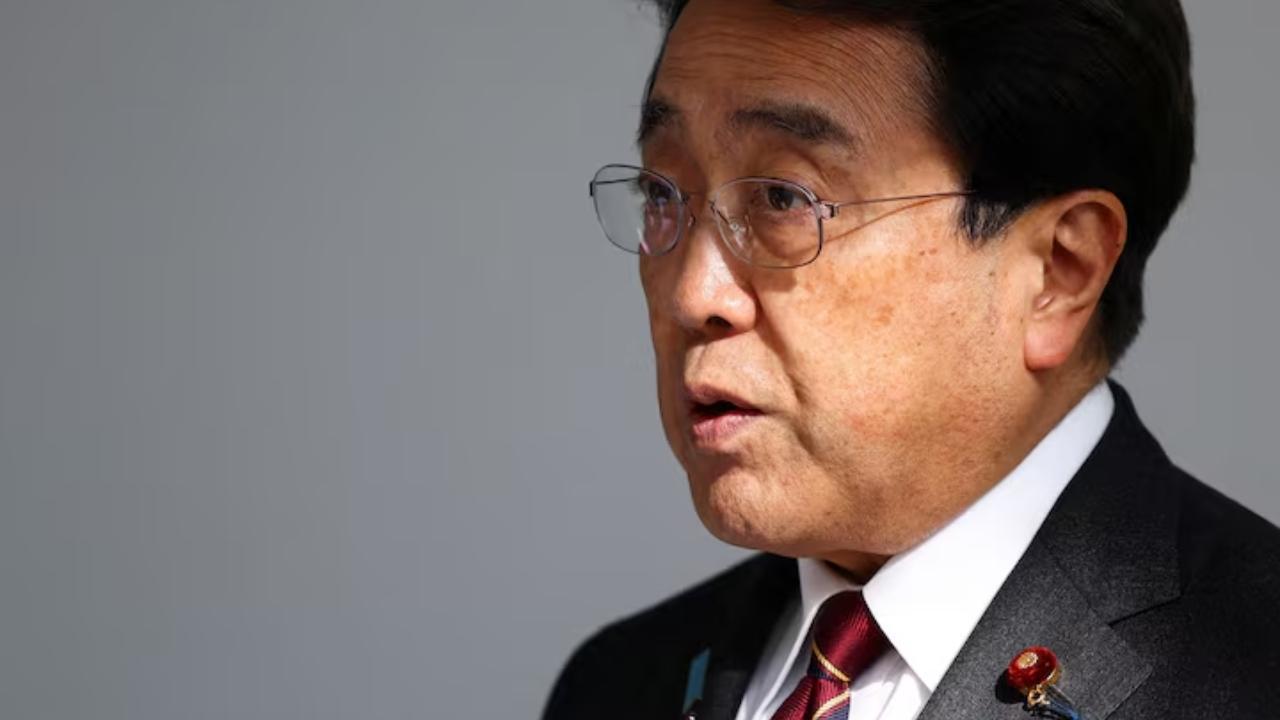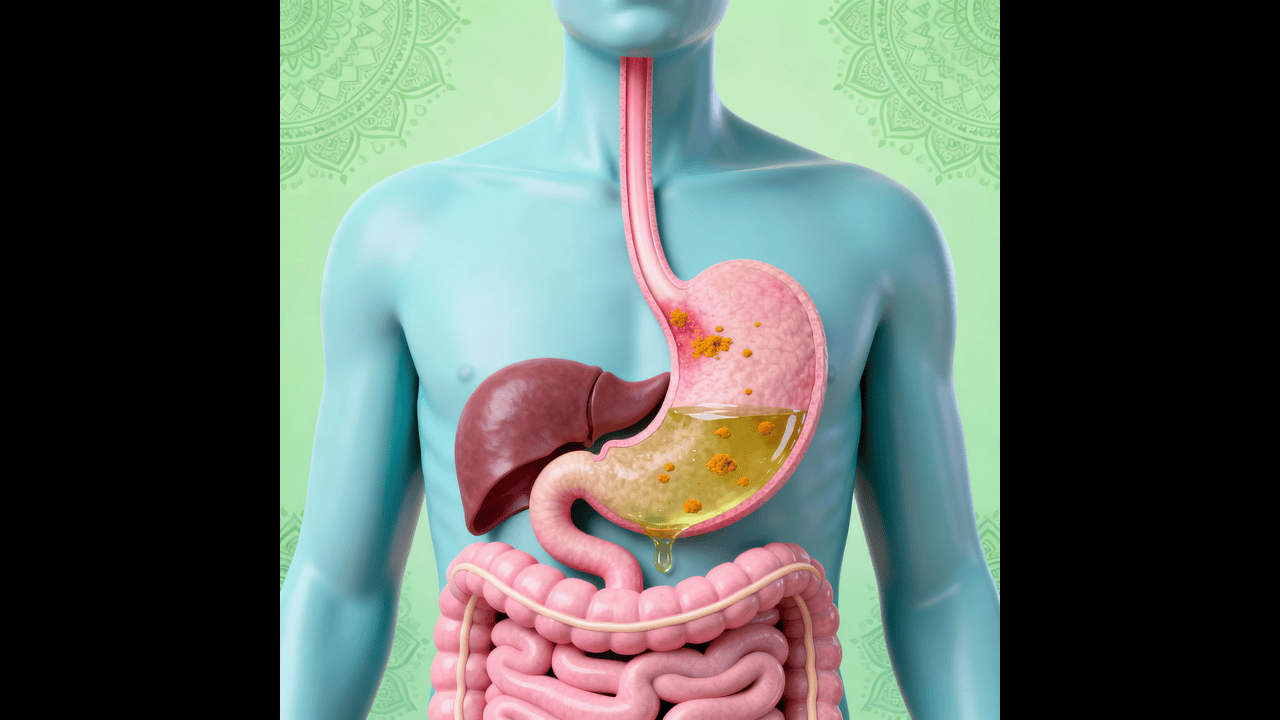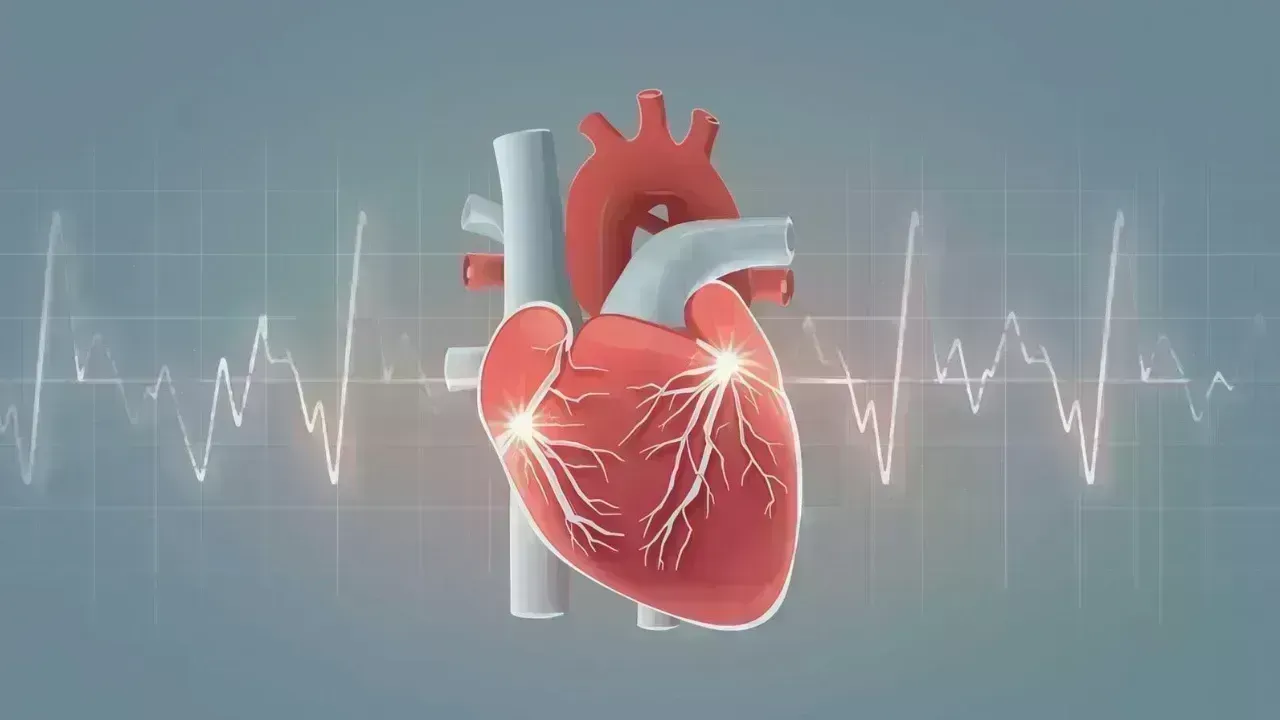
Post by : Monika
Photo: Reuters
Japan and the United States have been working on a major trade deal that could affect many industries, including automobiles, medicines, and semiconductors. This deal is very important for both countries because it involves billions of dollars in trade. However, as of now, the trade agreement is still not fully finalized.
Japan’s government has said that the deal is waiting for important presidential orders from the United States. These orders would decide how tariffs on certain products, especially medicines and semiconductors, would be applied. Tariffs are taxes on products that are imported from another country. The new rules could make it easier or cheaper for Japanese companies to sell their products in the U.S. and vice versa.
While some parts of the trade deal have already been decided, such as tariffs on automobiles and auto parts, the most crucial orders on pharmaceuticals and semiconductors have not yet been issued. Because of this, Japan says the agreement cannot be considered fully settled.
Ryosei Akazawa, Japan’s Economic Revitalization Minister, who is also the top negotiator for tariffs, said the country is closely watching the situation. He emphasized that without the orders for pharmaceuticals and semiconductors, the deal cannot be finalized. Akazawa also added that Japan will continue to press the United States to issue these pending orders as soon as possible.
The trade deal has been in discussion for several months. Japan and the United States have both expressed interest in strengthening trade ties. For Japan, the deal is especially important because it could help Japanese companies remain competitive in the global market. For the U.S., the deal could secure access to Japanese markets for American businesses, especially in technology and agriculture.
One of the main issues delaying the finalization of the deal is the tariff system for pharmaceuticals. Medicines are very important products, and the cost of importing them affects both companies and consumers. A clear decision on tariffs is needed so that Japanese pharmaceutical companies can plan their exports to the U.S., and American consumers can get access to these products at predictable prices.
Semiconductors are another major factor in the delay. Semiconductors are tiny electronic parts used in computers, smartphones, cars, and many other devices. Both Japan and the U.S. produce semiconductors, but the industries in each country are closely linked through trade. Any uncertainty about tariffs could affect investment decisions, production plans, and the global supply chain for these critical components.
Japan is particularly interested in knowing how the U.S. will treat semiconductors under the new trade deal. The country hopes that tariffs will be low or removed entirely for certain chip products. This would make it easier for Japanese semiconductor companies to export their products to the U.S., which is one of the largest markets in the world.
Automobile tariffs have already been addressed in the trade deal. Some parts of the U.S. trade plan for cars and auto parts are now in effect. However, Japan still wants to study the full impact of these changes. The government is analyzing how new U.S. tariff rules on cars will affect Japan’s economy and competitiveness. This study will help Japanese policymakers understand which industries might benefit and which could face challenges.
The Japanese government is also looking at how the trade deal could affect smaller companies. Large companies often have more resources to handle changes in trade rules, but smaller companies may struggle with tariffs and regulations. By carefully reviewing the deal’s impact on all businesses, Japan hopes to make sure that the trade agreement benefits the entire economy, not just the biggest companies.
In addition to tariffs, the trade deal also involves discussions about regulations, standards, and market access. These topics are sometimes as important as the tariffs themselves. For example, different rules for medicine safety, vehicle safety, or technology standards can affect how easily products can be sold in another country. Japan and the U.S. are working to make sure their rules are compatible so that trade can flow more smoothly.
The trade deal is also closely linked to the global supply chain. Many products today are made using parts and materials from multiple countries. If tariffs are too high or rules are unclear, companies may find it difficult to import or export products efficiently. By finalizing the deal, both Japan and the U.S. hope to create a more predictable environment for businesses that operate across borders.
Experts say that the trade deal could have wider effects on Asia and the world. If Japan and the U.S. reach a strong agreement, it could encourage other countries to consider similar trade partnerships. On the other hand, delays in finalizing the deal may create uncertainty for companies in Japan, the U.S., and other countries that rely on smooth trade flows.
For Japanese consumers, the trade deal could mean changes in prices and product availability. If tariffs on medicines and semiconductors are lowered, imported products could become more affordable. This would be good for people who need medications or technology products. For U.S. consumers, a smoother trade deal could also ensure access to high-quality Japanese goods at competitive prices.
The trade deal talks are happening at a critical time. Global trade is facing challenges due to inflation, economic uncertainty, and technological competition. Countries like Japan and the U.S. are trying to secure their economic positions by making trade agreements that protect industries, encourage investment, and create jobs. Completing the trade deal is seen as a step toward these goals.
In summary, Japan’s trade agreement with the United States is still unfinished. The main reason is that the U.S. has not yet issued key presidential orders on tariffs for pharmaceuticals and semiconductors. While tariffs on cars and some general products have been addressed, the missing orders are crucial for the full deal to take effect. Japan is pressing the U.S. to issue these orders and is carefully analyzing the effects of tariff changes on its economy, businesses, and competitiveness.
This trade deal is important not only for Japan and the U.S. but also for the global economy. It has the potential to influence how products are made, exported, and sold around the world. Companies, governments, and consumers are all watching closely as Japan and the United States work to finalize the agreement.
Japan has shown that it wants a balanced deal that benefits both countries. The government is focused on ensuring that small and large businesses alike can succeed under the new trade rules. By addressing all remaining tariff and regulatory issues, Japan hopes to secure a stable trade environment for the future.
For now, the deal remains pending, and both countries continue discussions. Japan is clear that without the presidential orders on medicines and semiconductors, the trade deal cannot be considered complete. Officials in Tokyo are prepared to continue negotiations until all outstanding issues are resolved.
In the coming months, businesses and policymakers in Japan and the U.S. will watch for updates closely. The completion of this trade deal could mark a new phase in economic cooperation between the two countries and could provide benefits for industries, consumers, and the broader global economy.
Japan’s careful approach shows the country’s commitment to ensuring a fair and effective trade agreement. By pressing for the remaining orders and analyzing economic impacts, Japan is aiming for a deal that supports growth, innovation, and competitiveness in both countries.
Overall, the trade deal highlights the complexity of modern international trade. Tariffs, regulations, and global supply chains all play a role in shaping economic outcomes. Japan and the U.S. are taking these factors seriously to ensure that the final agreement provides real benefits and long-term stability for businesses and consumers.










NBA Friday Recap: Powerhouse Wins for Miami, LA, Milwaukee, and Clippers
Miami, LA Lakers, Milwaukee, and Clippers triumphed in a thrilling NBA Friday, showcasing standout p

Doncic Shines with 49 Points in Lakers' 128-110 Victory over Timberwolves
Luka Doncic dazzles with 49 points as the Lakers secure a 128-110 win against the Timberwolves, show

Kings Triumph Over Jazz 105-104 with Last-Minute Sabonis Effort
The Sacramento Kings edged out the Utah Jazz 105-104, with Domantas Sabonis making the decisive shot

Argentina's Friendly Match Against India Delayed, New Date to be Announced
The friendly match between Argentina and India in Kochi has been postponed due to FIFA approval dela

Rohit and Kohli Conclude ODI Journeys in Australia with a Victory
Rohit Sharma and Virat Kohli bid adieu to Australian ODIs with a final win, forming a 168-run partne

George Russell's Wrestling Mask Antics at Mexican Grand Prix
George Russell donned a wrestling mask to enjoy the Mexican Grand Prix from the stands, providing a